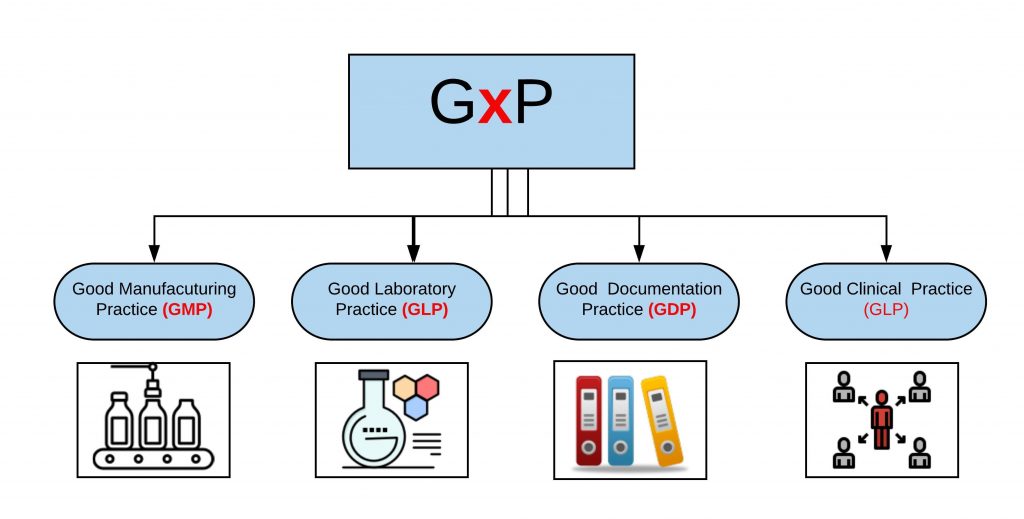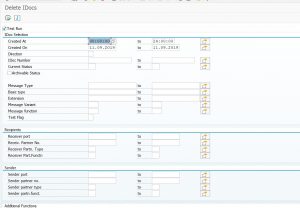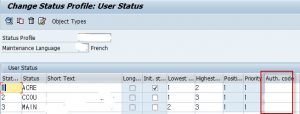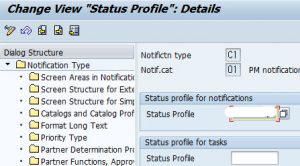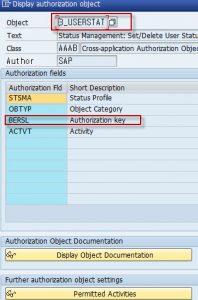INOB Table – Updating

INOB Table:
Convert KSSK and AUSP to internal number (table INOB)
We have to use the Report RCCLUKA2 to upload the table.
This report sets the Multiple objs allowed indicator for a class type. The system does a key conversion for tables KSSK and AUSP and creates a new table INOB. The conversion only affects the class type you enter. Internal keys for the objects are saved to table INOB.
Automatic Reorder Point Planning

Automatic Reorder Point Planning:
1. The objective of the Automatic Reorder point planning is to calculate the Reorder level based on the past consumption
2. The master data setting are as below
Material Master = MRP Type
Forecast View = Set up with appropriate forecast model selection
3. When the Forecast is run for this material, then based on the projected forecasted values and the Replinishment lead time settings the Reorder point will be calculated.
The standard SAP Help is avaialble here
http://help.sap.com/saphelp_47x200/helpdata/en/7d/c27a3b454011d182b40000e829fbfe/content.htm?frameset=/en/7d/c279d3454011d182b40000e829fbfe/frameset.htm¤t_toc=/en/7d/c2821c454011d182b40000e829fbfe/plain.htm&node_id=210
User Status and Authorisation in Notification.

Consider that you have a situation that the notification is created by the Production / Quality or other person in the Plant when they want to report any incident. Once the notification is created then the Next status to be managed by next set of people may be the Plant maintenance Personnel only. As all of them will be using the same notification type one of the easiest way is to mange with the User status and authorization group.
1) We need to create a Status profile with the required status. And also we can create different authorisation code.
2) The authorization code is the key factor ie) if the user has that authority then it can be maintained.
2) Now the Status has to be to be attached to the Notification type.
Long Text in IW29/ IW39 / IW47

Long Text display: In few cases the users may be interested to see the message of the long text in the Output of the IW29/IW39/IW47
We can use the below user exit to customize the code and display them in the output.
User Exit: EXIT_SAPLIREP1_001
Include: ZXCSVU09.
